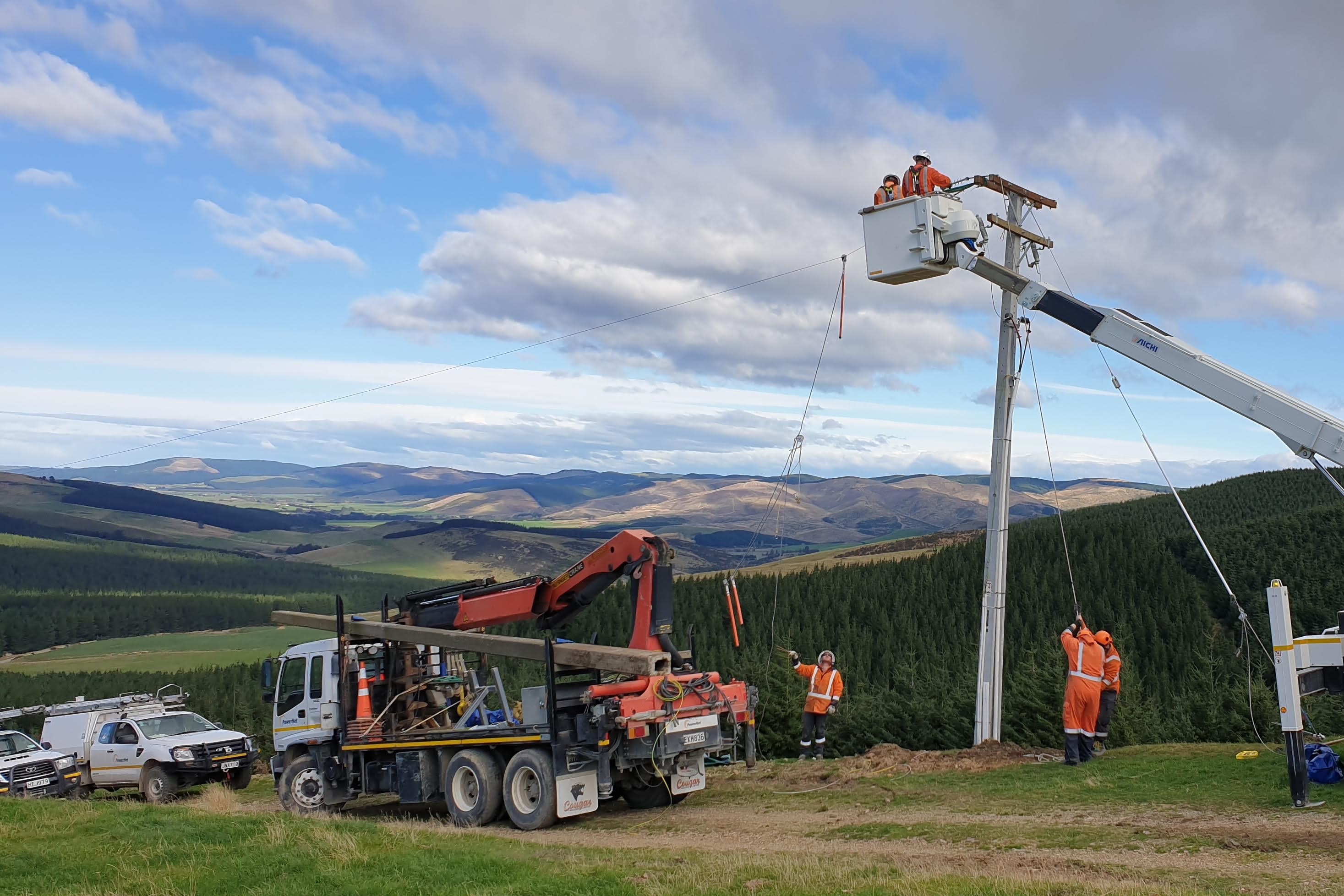NETWORK INITIATIVE OF THE YEAR AWARDS FINALIST: PowerNet online safety tool boosts awareness, slashes injuries

PowerNet says a new digital safety tool it developed has helped slash its safety incident rate by shifting crews’ focus from not just identifying risks, but to also clearly understanding how best to manage them.
The company’s teams work in high-risk, often remote, environments. They are committed to a ‘safety always’ culture, but PowerNet wanted to find a paperless, efficient way to help its people protect themselves and manage on-the-job safety.
The company has co-designed an industry-leading digital tool – the Critical Control Framework (CCF) – to help its teams manage operational safety well across all jobs. The CCF brings safety, consistency and clarity to managing and making all decisions relating to everyday critical safety points.
Rolled out in September 2020, the user-friendly tool is accessible in the field, putting safety, consistency, and clarity at the centre of everyday, on-the-job decisions about critical safety.
Critical control framework
PowerNet teams had previously achieved great work identifying critical risks but had not been able to operationalise them well.
Following extensive engagement and consultation with field teams, PowerNet worked with Risk Mentor to create a targeted CCF specific to the electricity industry. This system is underpinned by the principles of SIMV (specify, implement, monitor, and verify process), integrating and linking control in the field to safety obligations.
The CCF is an online, tablet-based tool that is accessible to operation teams in the field.
It seamlessly integrates into the various industry and general workplace safety guides, industry rules and general safety requirements. The tool provides active verification that controls are in place to manage critical risks. This verification is provided not to just the field team completing the assessment, but shows all in the organisation that effective controls are in place.
Previously, teams wouldn’t necessarily complete a hazard assessment until everyone was onsite and paper plans were checked and revised. This approach missed key risks and controls.
Now before PowerNet teams begin an operation job, they use the CCF to digitally assess if the rights controls are in place to manage critical safety risks.
The CCF’s ability to record and store data provides greater transparency and enables managers to review the hazards their team considers relevant, as well as the actions implemented to manage them. CCF also compiles evidence of compliance with legislation, standards, and codes of practice.
PowerNet is one of a handful of New Zealand companies using a framework like this to manage operational workflows and sees it as a significant step in achieving consistency in critical safety practices across its operational work.
Benefits
PowerNet says this tool is a game change for health and safety in the electricity industry and is opening the door to the development of other industry-leading business and operational processes.
In addition to its practical applications in streamlining a job’s workflow and documenting critical safety aspects, the CCF contributes to greater awareness and engagement around workplace safety.
The CCF has created a mindset shift as teams move their thinking from identifying risk to understanding the critical controls required to manage it.
This and other safety initiatives have decreased the company’s safety incident rate.
PowerNet’s total recordable injury frequency rate, incorporating lost time and medical treatment injuries, fell from 7.2 in June 2020 to 1.6 in June 2021, and 0.8 in February 2022, and the company says it expects further benefits as the CCF’s wider impact on its business performance is still evolving.
The Network Initiative of the Year Award is sponsored by Worley.
Click Here to book your ticket to attend the NZ Energy Excellence Awards ceremony taking place at the Te Pae Conference Centre in Christchurch on the 29th June, 2022.